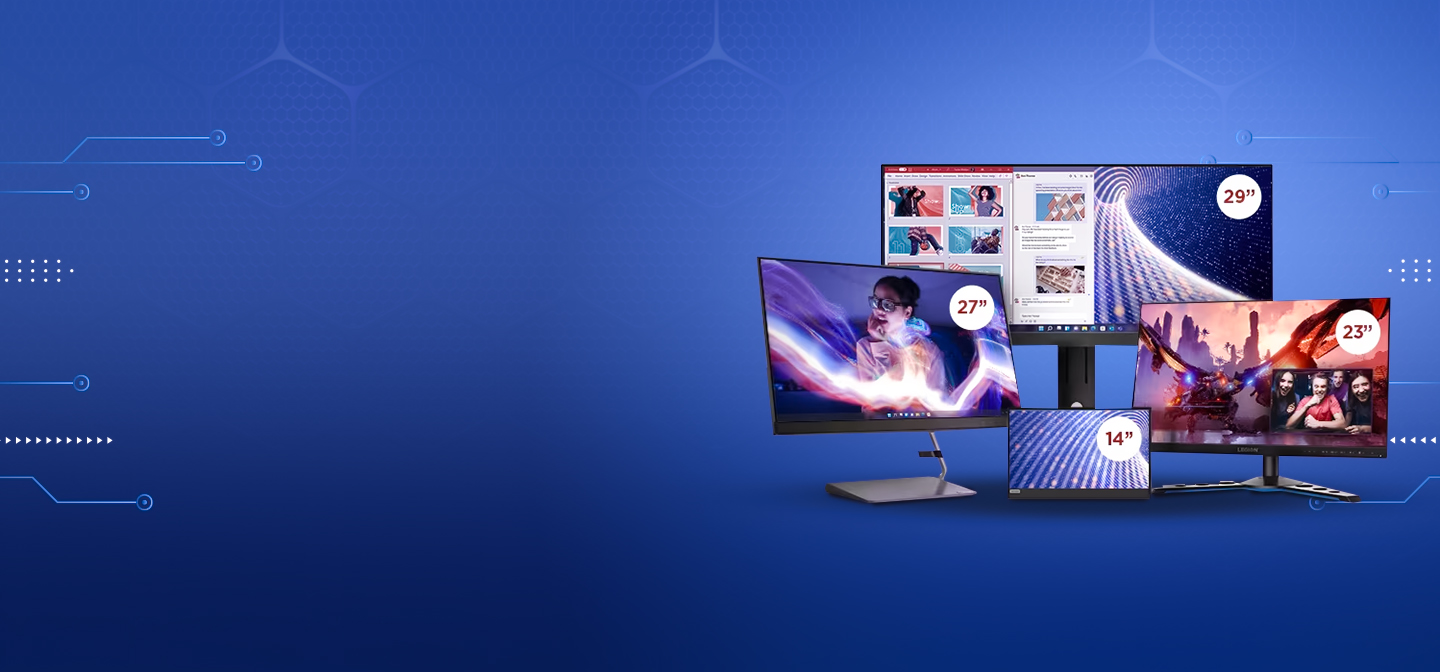Let There Be Light (Safely!): An in-depth Look at Our Screens Leave a comment
May 16th, International Light Day, celebrates how light shapes our world – from science to art, communication, and energy. While we appreciate natural light, let’s turn our focus to another light source we use daily: our computer monitors. These screens emit light, but how is it created, and what does it mean for our eyes?
The Light Behind Your Screen: A Quick Evolution
Monitor technology has come a long way.
- Old-School CRTs: Early, bulky monitors used Cathode Ray Tubes. They created images by firing electrons onto a coated screen, making phosphors glow red, green, or blue.
- Modern LCDs: Today’s common LCDs (Liquid Crystal Displays) don’t make their own light. Instead, a backlight (mostly LEDs now) shines through liquid crystals. These crystals twist to control light, creating the colours we see on screen.
- Efficient LEDs: Light Emitting Diodes (LEDs) are energy-efficient and long-lasting. They serve as backlights for LCDs and are also used in cutting-edge OLED displays.
- Vibrant OLEDs: Organic Light Emitting Diode (OLED) displays have self-lighting pixels. Each pixel generates its own light, allowing for incredibly deep blacks and stunning picture quality.
Blue Light: Friend or Foe?
All these display technologies, especially LEDs, emit blue light. This natural part of sunlight is crucial for our alertness and sleep cycles. However, too much screen-emitted blue light, particularly in the evening, can have downsides.
How Blue Light Affects Your Eyes
Prolonged exposure to screen blue light can lead to:
- Eye Strain: Blue light scatters more easily, causing symptoms like dry eyes, blurry vision, and headaches.
- Sleep Disruption: Blue light can interfere with melatonin production, the hormone that helps you sleep. Using screens before bed can make falling asleep harder and reduce sleep quality.
- Long-Term Concerns: Some studies suggest that extensive blue light exposure over years might contribute to retinal damage, but more research is ongoing.
Best Practices for Healthy Screen Time
Monitors are essential tools, but we can protect our eyes:
- The 20-20-20 Rule: Every 20 minutes, look at something 20 feet away for 20 seconds. This simple habit reduces eye strain.
- Adjust Brightness: Match your screen’s brightness to your room’s lighting. Too bright or too dim strains your eyes.
- Use Blue Light Filters: Activate built-in blue light filters on your device, especially in the evenings. Many apps and screen protectors also offer this feature.
- Maintain Distance: Keep your monitor about an arm’s length away (20-30 inches) and slightly below eye level.
- Take Breaks: Step away from your computer completely for short, regular breaks.
- Optimize Room Lighting: Ensure good ambient lighting to minimize glare and harsh contrast on your screen.
- Consider Anti-Glare: If glare is an issue, an anti-glare screen protector can make a big difference.
This International Light Day, let’s appreciate the technology that lights up our digital world. By understanding how monitors work and following these simple tips, you can enjoy your screen time safely and comfortably, ensuring your digital life supports your well-being. Adjust those settings, take a break, and let your eyes thank you!
Need the right monitor that’s perfect for your eyes? Contact Marvel Africa Technologies today! Call us at 0111 120 400, WhatsApp 0715 311 349, or visit marvelafrica.co.ke.
#techtips #digitalwellness #nairobi #kenya #antiglare #monitors #historyofscreens #eyesafety